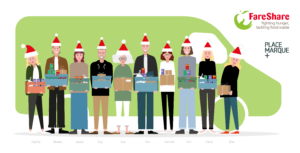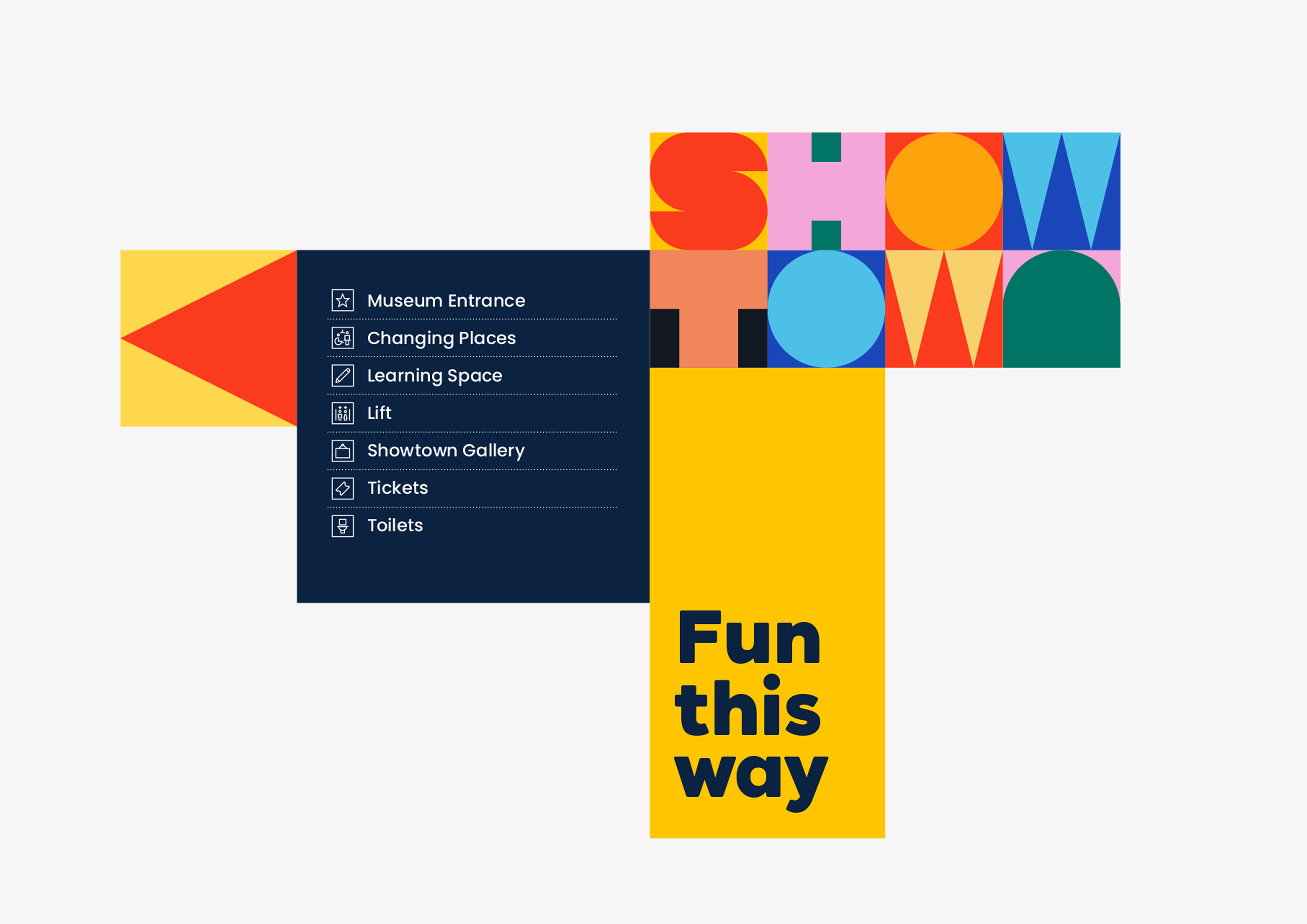Recently, Placemarque’s strategy director, Sue Manley, appeared on Sam Stafford’s The 50 Shades of Planning Podcast. Alongside Ruairidh Jackson – founding director at Start Advisory – and Katie Wray – assistant director at Deloitte – they looked to the future of urban spaces in a post-lockdown world.
How will planning and development look different in the future? What will a higher premium on safety, hygiene, and locality – as well as significantly decreased footfall in urban centres – mean for these spaces and how they’re created?
A changing world
Ruairidh put it particularly aptly: “The idea that somehow there’s going to have to be a drastic change is based on the potential misunderstanding that cities have somehow been static and therefore they will now need to change. When cities are, by their nature, dynamic and always changing.”
Change in cities is nothing new. Instead, it’s about questioning what this new iteration of urban space will bring with it. And what it will demand from us as planners, developers, visitors, or residents. With all the constraints we’re currently under, what positive changes will come about? What unforeseen challenges will we face?
Katie added to Ruairidh’s thoughts:
“These possibilities for change have always been out there. There’s always been change in cities, and actually this [COVID-19] is giving us the opportunity to be bolder and to do it quicker.”
Sue expanded on this, saying:
“While towns and cities in the past have relied on big numbers of people, what really makes a good place is a rich collection of things going on for all ages and all types of people.”
“City centres full of offices and shops, I feel, will change. To make the city centres work again, it will have to have a bigger mix of uses. People still want to gather together and be social. So there will need to be places where people can be together.”
Telling stories
One thing we can all agree on is that the future of urban spaces – and indeed all spaces – needs variety, usefulness, genuine interest, and storytelling.
Ruairidh suggested the best projects have a
“very clear vision of what experience a place is going to create”.
Sue added her own thoughts:
“Part of the issue is trying to understand what a place is all about and what its story is. So when people visit, they can sense the origins of the place and where it’s going.”
“So developing a story about a place is one of the key things a lot of places don’t do. They think about their uses and getting more buildings in, but if the story’s right, and you’ve got a sense of what the themes are, then uses will happen naturally.”
And, finally, Katie added the importance of acknowledging where a place has come from to help
“create a genuine place where the experience feels real”.
If you want to listen to the podcast yourself and hear what Sue, Katie, and Ruairidh have to say, just follow the link below!
https://pod.co/50-shades-of-planning/places-and-spaces
At Placemarque, we’re passionate about places. We’re experts in bringing simplicity, excitement, and a sense of adventure back to local areas. If you would like to discuss your wayfinding needs or have any questions about our services, call us today on 0161 241 3174




